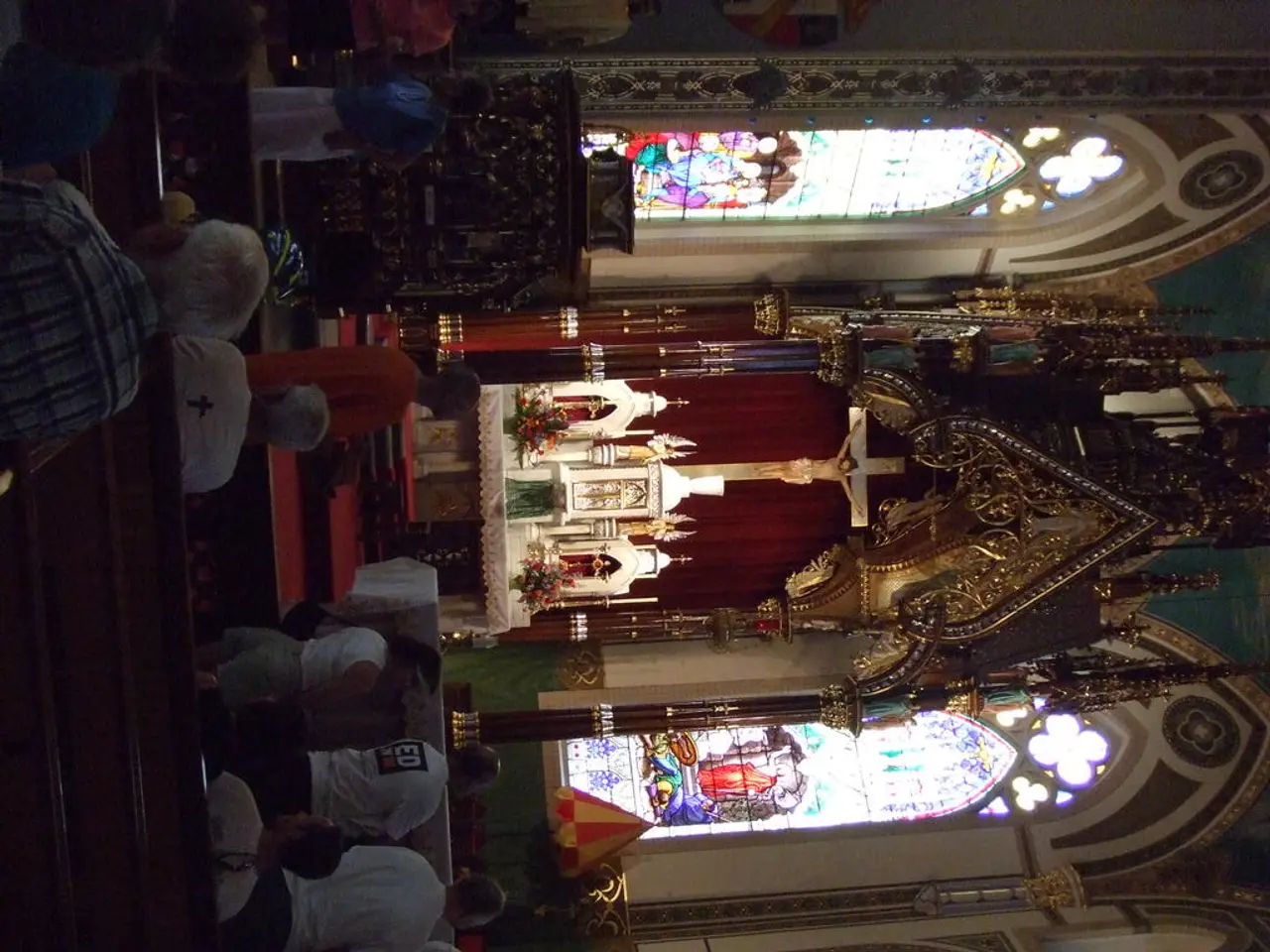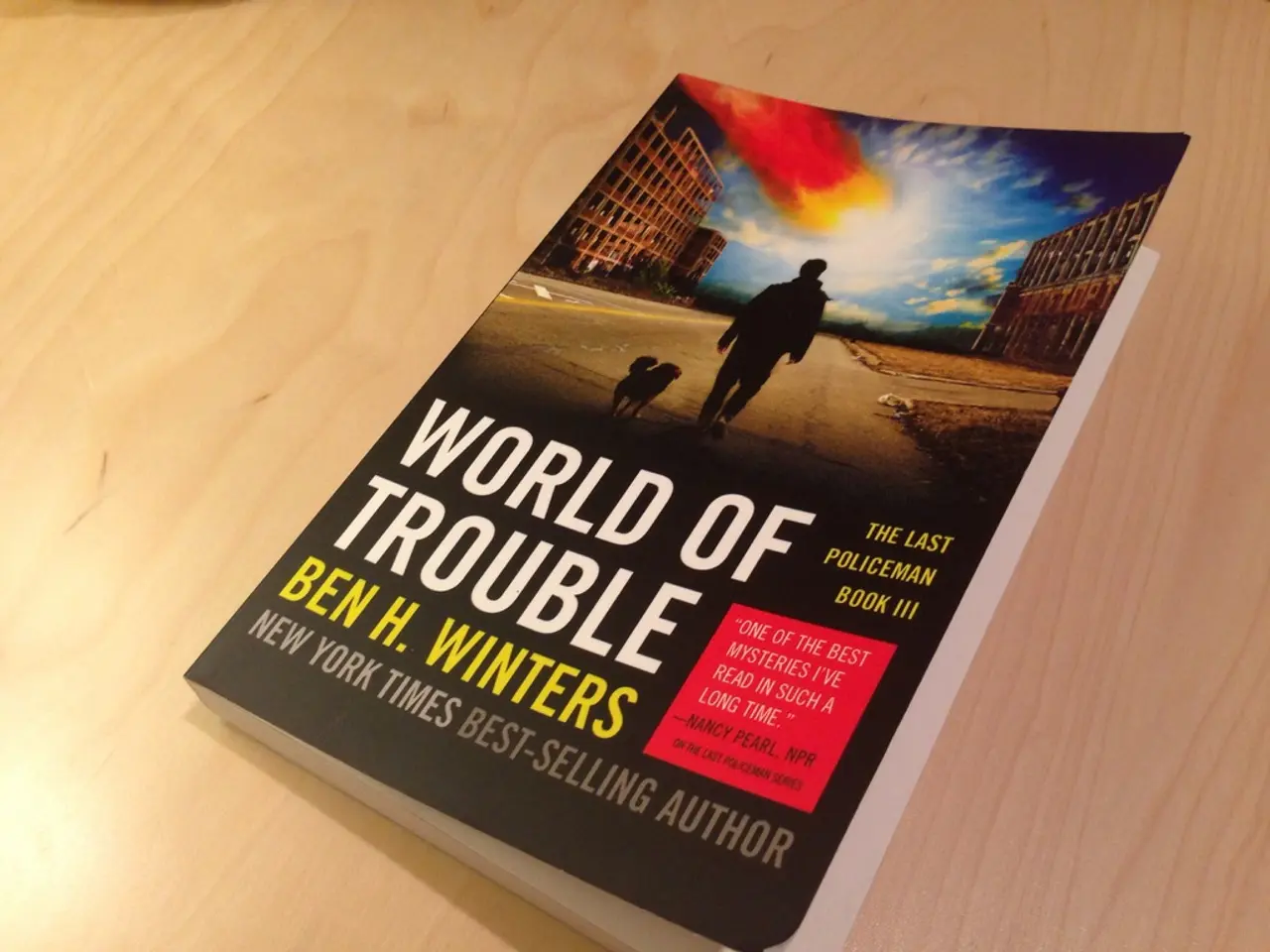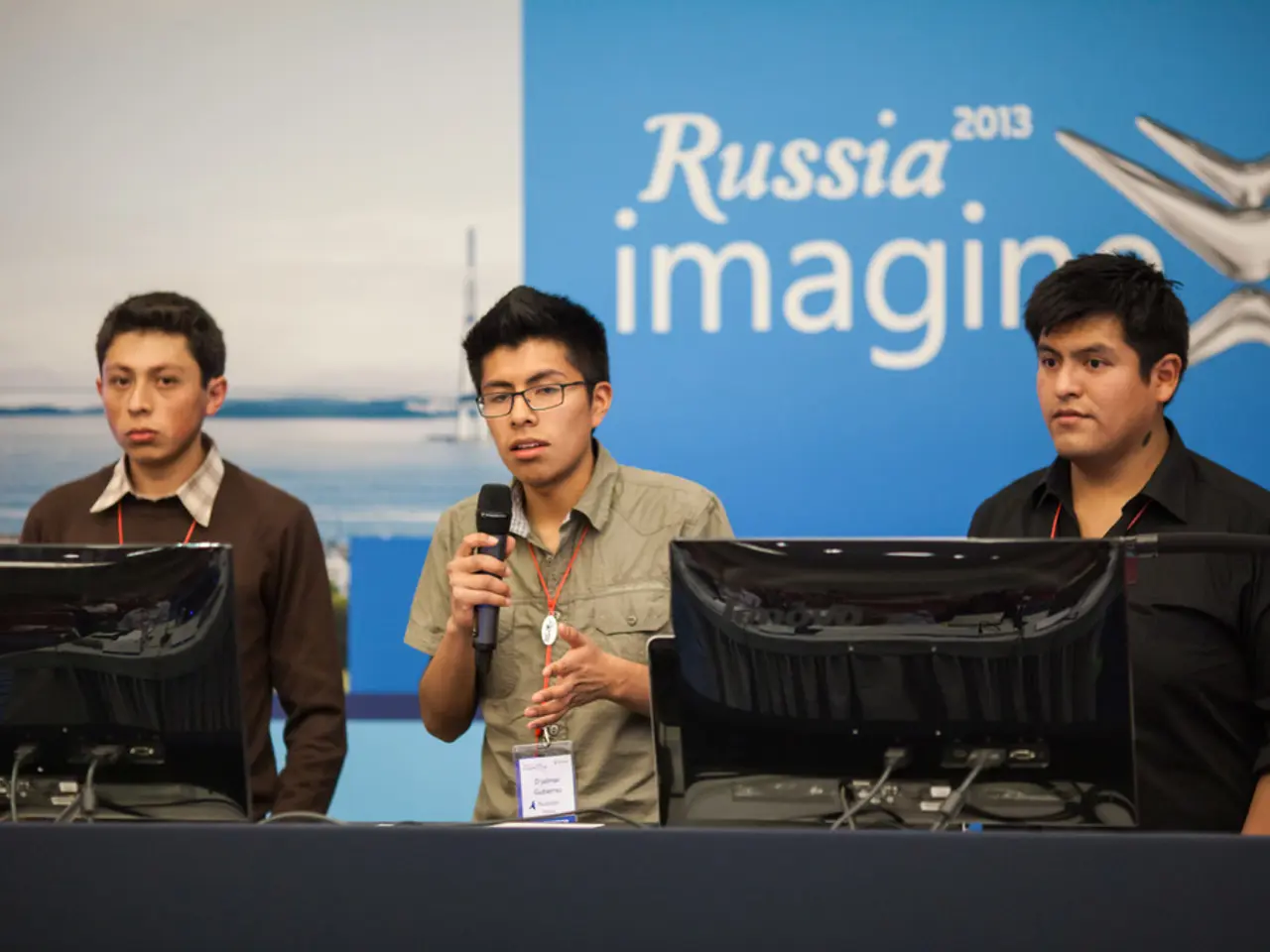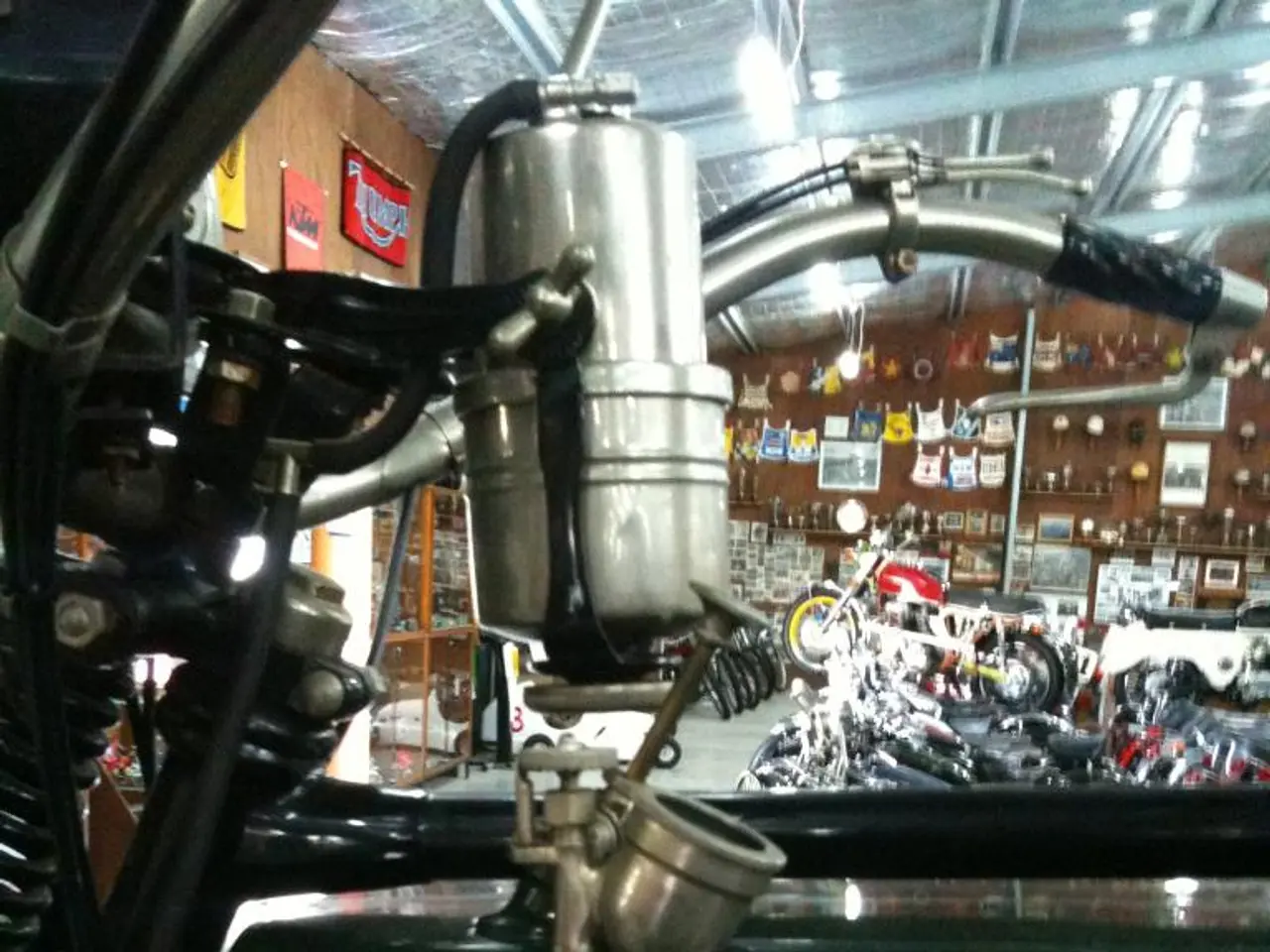Grisly Trial of a Deceased Pontiff: The Cadaver Synod Revealed
In the heart of Rome, on a chilly January day in 897, an extraordinary event unfolded that would become one of the most macabre and baffling episodes in Church history. Known as the Cadaver Synod, or Synodus Horrenda, this spectacle saw the exhumation of a dead pope, Pope Formosus, and his posthumous trial for alleged crimes against the Church.
Pope Formosus, who had served as Bishop of Porto before ascending to the papacy in 891, had a long and eventful clerical career marked by controversy and exile. During his tenure, he made enemies in the turbulent politics of the 9th-century papacy and was excommunicated by Pope John VIII at one point.
The Cadaver Synod was orchestrated by Pope Stephen VI, who became pope in 896. Stephen was backed by the Spoletan faction that Formosus had betrayed, and was likely eager to avenge the honor of Lambert of Spoleto, a secular ruler Formosus had opposed. The trial was held to consolidate and legitimize Stephen's own papal authority, as he had become pope despite originally being a bishop elsewhere—a practice against canon law.
During the trial, a deacon was appointed to speak on Formosus's behalf, and a council of bishops and clergy gathered to try a dead man for perjury and violating church law. The proceedings were grotesque and shocking to the Roman populace, with Formosus’s corpse displayed propped up on a throne to "answer" these charges. Despite an earthquake hitting Rome during the proceedings—which was widely interpreted as a divine omen of disapproval—the trial concluded with Formosus found guilty on all charges.
The charges against Formosus included usurping the papacy, violating canon law, and crowning an illegitimate emperor. As a result, his corpse was stripped of its papal garments, three fingers of his right hand were cut off, and he was buried in a pauper's grave.
The Cadaver Synod reflected deep political fault lines in Europe and was an attempt to erase a political rival's legacy. However, it was Pope John IX who convened a synod in 898 to annul the Cadaver Synod's decisions and declare the trial invalid. Pope Theodore II ordered Formosus's body to be recovered from the river and reburied in St. Peter's with honors.
The papacy was a powerful political prize, fought over by kings, nobles, and rival factions. The question of who had the right to crown emperors, to appoint bishops, and to wield papal legitimacy was far from settled. The late 9th century was a low point for the papacy, known as the beginning of the "Saeculum Obscurum" or "Dark Age of the Papacy."
The Cadaver Synod remains a stark reminder that power unchecked becomes grotesque and that the institutions we assume to be sacred can become twisted in the hands of those driven by fear, vengeance, and ambition. It serves as a testament to the complex and often tumultuous history of the Church and its leadership during this period.
In the midst of the power struggle within the Church, Pope Formosus's career was marked by controversy and exile, with his tenure being fraught with political enemies and excommunication. Consequently, his posthumous trial at the Cadaver Synod, orchestrated by his adversary Pope Stephen VI, aimed to discredit and erase his legacy, consolidating Stephen's own papal authority.
This grotesque event, which included the trial of a dead man for crimes against the Church, reflected the deep-rooted political fault lines in Europe during the late 9th century, when the papacy was a coveted prize fought over by kings, nobles, and rival factions, making it a tumultuous period in the Church's history.






